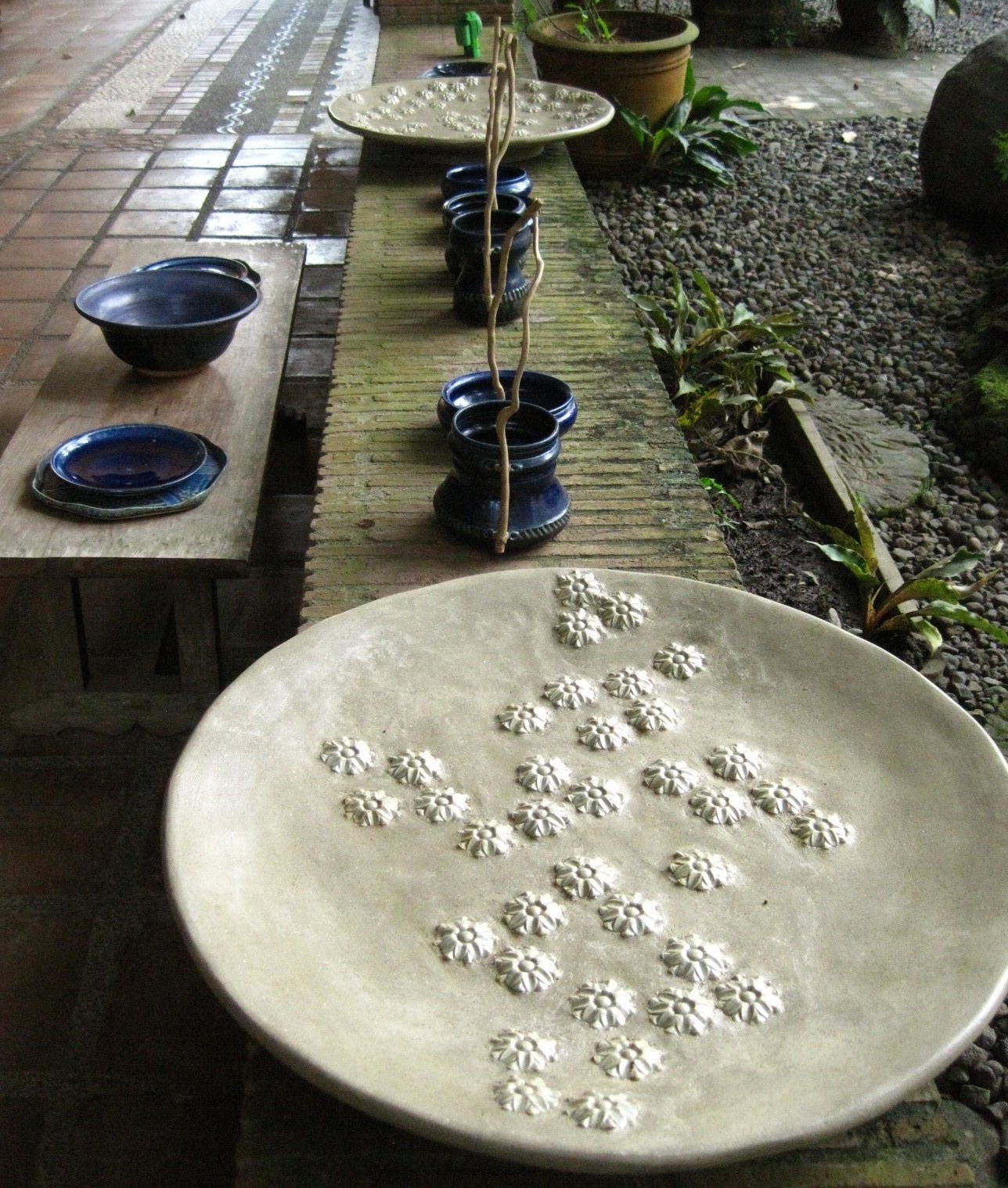Text and photos by ELIZABETH LOLARGA
HOW can a city squirt resist the prospect of a southwest adventure after a companion who had left earlier for Batangas sends an SMS describing her swim for the day where she felt like she was swimming in an aquarium with multicolor fish swarming around her?
“Don’t forget your goggles and aqua shoes,” she added as one strapped on one’s backpack and caught a south-bound bus.
More local color is bound to come one’s way as a public commuter. There are two ways of getting to La Luz beach resort in Laiya, Batangas–one via Candelaria, the other via Lipa. If there is no hurry, try the longer route that involves all manner of transport (bus, jeep, tricycle, feet).
When taking the jeep in rustic towns, the traveler from the city will inevitably find herself sharing seat space with any or all of these people: a farmer and his plow; a toughened-by-life grandmother who commands the driver to stop at a corner store so she can get off to fill her sack with rice grains while the motor is left running; a housewife with the week’s marketing, her basket leaky with ice from the frozen fish; a lass with an aluminum wash basin back-rides (sabit), a hazardous practice considering the speed with which the vehicle nearly flies.
There are audible linguistic markers, too, signs that the Tagalog spoken here is quainter than the one in Metro Manila–the frequent use of di-ne or i-re (to indicate “here”).
The city dweller easily lets her guard down because helping strangers find their right destination still seems second nature, the guide not expecting to be tipped and quite content with a salamat (thank you). The leafy grounds of La Luz in Barrio Hugom are of the same rough texture as the sand and pebbles on the beach. One learns there’s a downside if a beach boasts of packed fine sand–the possible proliferation of sandworms that can get into bodily openings and cuts.
The rooms are named after Philippine hard wood like mulawin or molave. The waters of Sigayan Bay can be so unruffled that one does not need to swim several meters before spotting schools of grouper fish, trigger fish, among many, a number in neon or electric colors.
A sign near the for-rent kayaks and bikes advises that the fish’s habitat and coral reefs are protected so swimmers, snorkelers and divers can just enjoy the moment. The only souvenirs allowed to be taken out are pictures.
Overnight visitors at this resort can expect an all-in package at off-season rates. One perk are the breakfast, lunch and dinner buffets and the array of afternoon snacks. One can be a beach bum all day without worrying where to go for meals or dressing up for a bite. Brewed coffee is unlimited, so with the pineapple juice.
Masseuses are on call. Even a masseuse is overheard observing that music played while massages are going on in the cabanas ought to be soothing and soft. The customer cannot relax with a thumping disco beat in the background despite the serene view of the bay and the line where sky and water meet.
Almost less than an hour away is potter Ugu Bigyan’s studio, garden and restaurant by appointment for groups of at least 10 people in Lusacan, Tiaong, Quezon. Here one can let loose flights of fancy about wandering in a Balinese garden or a villa in Tuscany.
The owner has built and tastefully furnished with his stoneware small huts and a dining pavilion open to the breeze and the garden. There one can dine on pork and mushroom soup followed by pako salad, then the local kulawo (or banana heart cooked in coconut milk), sweetish spare ribs, mussels sauteed in oyster sauce, a large fried maya maya dressed with mango salsa. Capping this balanced meal is a warm guinatan of balls of taro and tapioca.
Afterwards, one goes to the shop to buy local from jewelry blended with pieces of stoneware to wall pieces featuring images of birds or the common hibiscus found in the garden.
Still gung-ho about crossing provincial lines, one heads for the Patis-Tito Garden Café off the main highway in Barangay Santa Cruz (Putol), San Pablo City, Laguna, for the day’s last pick-me-upper of banana turon a la mode and cool lemongrass tea before the trip back to the city. The experience is like walking into a turn of the 19th century two-storey house furnished and decorated in the manner of one’s genteel great-grandmother.
This is designer-artisan Patis Tesoro’s creative playground of sorts where her love for things Filipino from trees to dolls to batibot chairs to cuisine is expressed. And how it is expressed!
(VERA Files is put out by veteran journalists taking a deeper look at current issues. Vera is Latin for “true.”)
